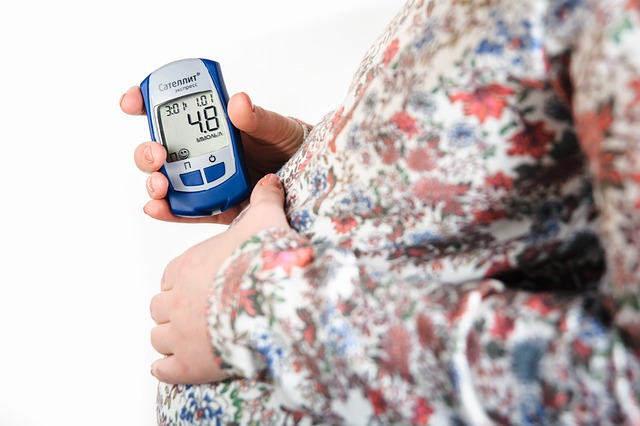Starting your journey into infertility treatment can feel overwhelming, but understanding the diagnostic testing, like the hysterosalpingogram (HSG), can help ease those nerves. Before devising a treatment plan, medical professionals rely on a few key tests: hormone bloodwork for the female partner, an HSG, and a semen analysis for the male partner. Each of these tests provides valuable insights into different aspects of fertility.
1. Day 3 Hormone Bloodwork
This test measures hormones like FSH (Follicle-Stimulating Hormone) and AMH (Anti-Müllerian Hormone) to gauge egg supply, while estrogen and LH (Luteinizing Hormone) help assess follicle development.
2. Hysterosalpingogram (HSG)
This procedure focuses on the uterus and fallopian tubes, checking for blockages or abnormalities.
3. Semen Analysis
This evaluates sperm count, morphology (the shape and size), and motility (how well the sperm move).
If you’re starting this process, you might already be familiar with bloodwork. However, many people feel anxious about the HSG, often fueled by uncertainty. Knowing what to expect can alleviate some of that apprehension.
Why is an HSG Necessary?
After ovulation, the egg makes its way into the fallopian tubes, where it can meet sperm for fertilization. If an egg is fertilized, it travels through the tubes to implant in the uterus. The HSG is essential for women having trouble conceiving, as it confirms whether the fallopian tubes are open and checks the shape of the uterus, identifying any issues like fibroids or polyps.
The HSG Procedure
Before the HSG, you’ll need to provide a urine sample to ensure you’re not pregnant. During the procedure, a speculum is inserted into the vagina, and the cervix is cleaned. A thin catheter is then placed into the cervix, allowing a small amount of contrast liquid to fill the uterus and fallopian tubes. Using fluoroscopy, a type of real-time X-ray, your doctor can see if the contrast moves freely through the tubes, indicating they are clear.
After the procedure, you’ll receive preliminary results, with your doctor following up on the detailed images and findings.
Side Effects and Risks
Common side effects include mild abdominal discomfort, cramping, and some vaginal spotting. It’s advisable to use pads instead of tampons during this time. Over-the-counter pain relievers can help ease any cramps. Though rare, infections can occur, especially if there’s a history of fallopian tube issues, so your doctor may prescribe antibiotics beforehand.
Why Choose Us for Your HSG?
Our focus is on patient comfort and safety. Here’s how we ensure a positive experience:
- We recommend taking pain relievers about an hour before the procedure to decrease discomfort.
- Our skilled clinicians perform numerous HSGs each year, ensuring expertise and care.
- Communication is key; let your clinician know if you experience any discomfort during the procedure.
- We use equipment and contrast that minimizes cramping and discomfort.
- The procedure is performed on a GYN table for added comfort.
Patients have shared their experiences, often expressing surprise at how manageable the HSG was, contrasting their initial fears with the reality of the procedure.
Common Questions About HSGs
- How long does an HSG take? The procedure itself is quick, around 5 minutes, but allow for about 30-45 minutes for the entire visit.
- Can I drive home afterward? Most patients can drive themselves home, as sedation is not typically used.
- When is the best time to schedule my HSG? Ideally, it should be done after your period ends, but before ovulation.
If you’re looking for tips on maintaining your health during this process, check out our other blog on health strategies for students. For those interested in at-home options, visit Make a Mom for a comprehensive insemination kit. And for more in-depth information on related topics, Wikipedia offers an excellent resource.
In summary, the HSG is a vital step in assessing fertility issues. Understanding the procedure, its purpose, and what to expect can help ease your worries and prepare you for this important diagnostic test.

